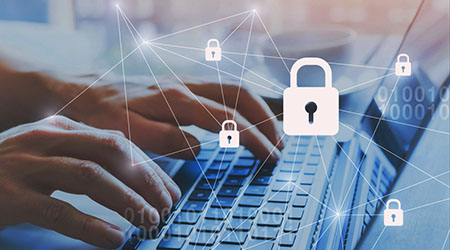In the first half of 2020, the Department of Health and Human Services saw a nearly 50 percent jump in healthcare-related cybersecurity breaches, with 132 reported incidents that targeted network servers, desktop and laptop computers, email and electronic medical record (EMR) systems, according to an article on the Medical Economics website.
COVID-19 has increased existing security threats and created new ones that have caught many healthcare entities off guard.
Attackers have expanded phishing and social engineering efforts, preying on the anxiety caused by or fear of the coronavirus, or seeking donations for COVID-related causes, and disguising their attacks to look like trusted entities, the article said.
The bigger issue, though, centers around the industry’s overnight pivot at the start of COVID-19 to expanded remote care locations.
The COVID-19 outbreak has led to a series of rapidly established medical-treatment units which will be using remote-care devices that lack proper protection, according to an article on the website.
The facilities are often remote and security is often a lower priority.
Hackers can infiltrate these devices to steal a patient's personal health information.
Healthcare organizations can increase security by making sure software is updated and fully patched and enabling two-factor authentication for every account that has access to the pop-up center's system. Because ransomware and phishing attacks are the most common types of cyberattacks on healthcare systems, ensuring the system is backed up offline is recommended.
Read the full Medical Economics article.

 Why Identity Governance Is Becoming a Facilities Management Issue
Why Identity Governance Is Becoming a Facilities Management Issue Habitat Health Opens South Los Angeles PACE Center
Habitat Health Opens South Los Angeles PACE Center Denton County MHMR Center Suffers a Data Breach
Denton County MHMR Center Suffers a Data Breach What Every EVS Leader Needs To Know
What Every EVS Leader Needs To Know Blackbird Health Opens New Clinic in New Jersey
Blackbird Health Opens New Clinic in New Jersey